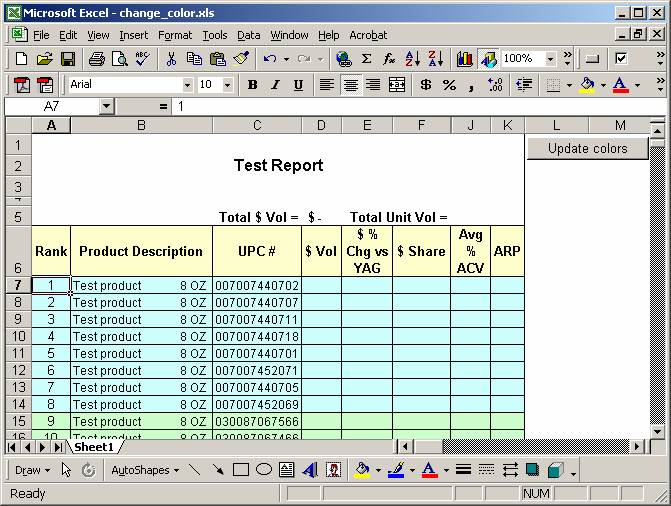
Sprint Layout Edit Macros 2010
The Sprint-Layout-Viewer was developed to be a tool that can be used to view and print Sprint-Layout-Files, without installation of the Sprint-Layout editor software. Congratulations you have successfully installed tomb raider. The Sprint - Layout -Viewer was developed to be a tool that can be used to view and print. Crack frontline commando 2 android.
Confluence and Jira are like bacon and eggs; coffee and cake; Simon and Garfunkel. Separately, they're great, but! If your Confluence and Jira sites are connected using, you can display and create Jira issues and more from within Confluence. What you can do with Confluence and Jira depends on the Jira application and version you have.
Find out about the later in this page. For every project or team Display issues on a page You can display Jira issues on a Confluence page using the Jira Issues macro.
Display a single issue, a list of issues, or show the total number of issues. The simplest way to add a Jira issue to Confluence is to paste a Jira URL on a Confluence page. Alternatively, you can add the to the page and search for issues directly: • In the editor choose Insert > Jira Issue. • Follow the prompts in the macro browser to choose a project and search for an issue – you can even use. Once you've added the macro, you can customize how the issue or list of issues appears on the page, including how much information to display, how many issues,. Create reports and charts Reporting on information stored in Jira is simple in Confluence.
In addition to the Jira Issues Macro, you can use the Jira Report blueprint or Jira Chart macro to show information from your Jira application visually. It's the best way to give your stakeholders a snapshot of your team or project's progress. You can: • Use the to create a Change Log or Status report.
• Use the to display data as a chart, including pie charts, created vs resolved, and two dimensional charts. • Use JIRA to display detailed Jira reports and charts on pages. Create issues from inside Confluence You can create issues while viewing a page or from the within the editor.
This is really useful if you use Confluence for planning and gathering requirements. To create an issue when viewing a page: • Highlight some text on your page and choose the Create Jira issue icon that appears above the highlighted text. • Enter your server (if you have multiple Jira sites connected to Confluence), project, issue type and description. Your highlighted text will populate the issue summary automatically.
• Choose Create. The issue will be created in Jira and added to your page. If your text is in a table, you'll have the option to create multiple issues using text from the same column. If you don't see a popup when you highlight text, check that is enabled in your profile settings. To create an issue in the editor: • In the editor choose Insert > Jira Issue > Create new issue.
• Enter your server (if you have multiple Jira sites connected to Confluence), project, issue type, summary, and description. • Choose Insert. The issue will be created in Jira and added to your page.
There are some limitations when creating Jira issues from Confluence. The Jira Issues macro or Create Jira Issue dialog will notify you if it's unable to create an issue in the selected project. You can find out more in the page. Move between Jira and Confluence Whenever you add a link to JIRA issues in Confluence, or link to a Confluence page from your Jira application, the Jira Links button appears at the top of the Confluence page.
This makes it really easy to jump from Confluence to Jira and vice versa, speeding up your workflow. The number on the Jira Links button indicates the total number of issues, epics, and sprints connected to that page, regardless of whether you have permission to view them.
The dropdown, however, will only show details of issues, epics, and sprints that you have Jira permissions to view. The button doesn't detect links from issues displayed in the Jira Issues macro in table format.
For software teams Here's some suggestions to help you get the most out of Confluence and Jira Software and unleash the potential in your agile development team. Define your requirements Confluence is the perfect place to start defining your requirements. You can use the to capture your requirements, then create your Jira epic and other issues right from the requirements page in Confluence. Here's how it works: • Create a Confluence page using the. • Choose the placeholder text ' Link to Jira epic or feature' and choose Create new issue to create your epic in Jira. • Collaborate with your team to define your stories and save the page.